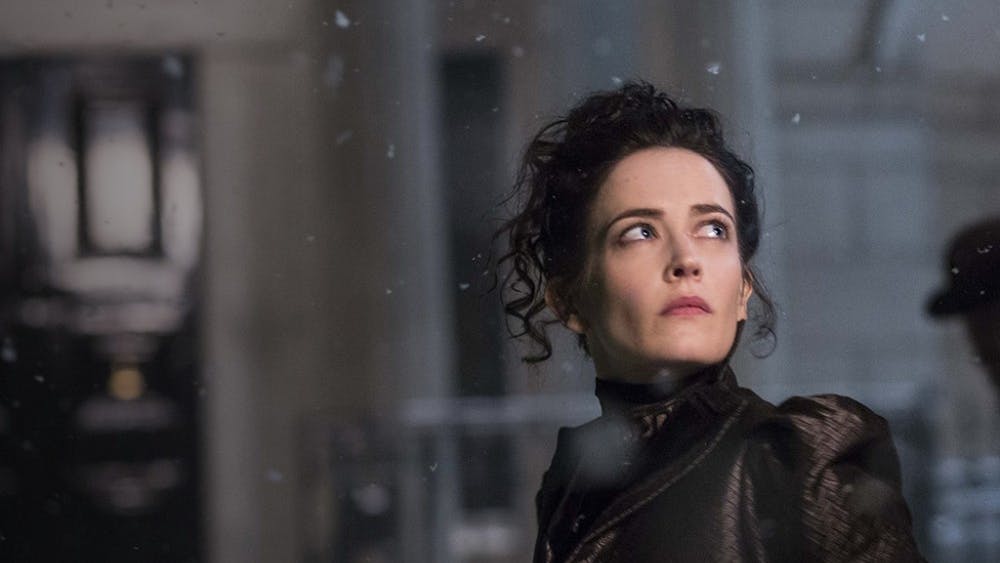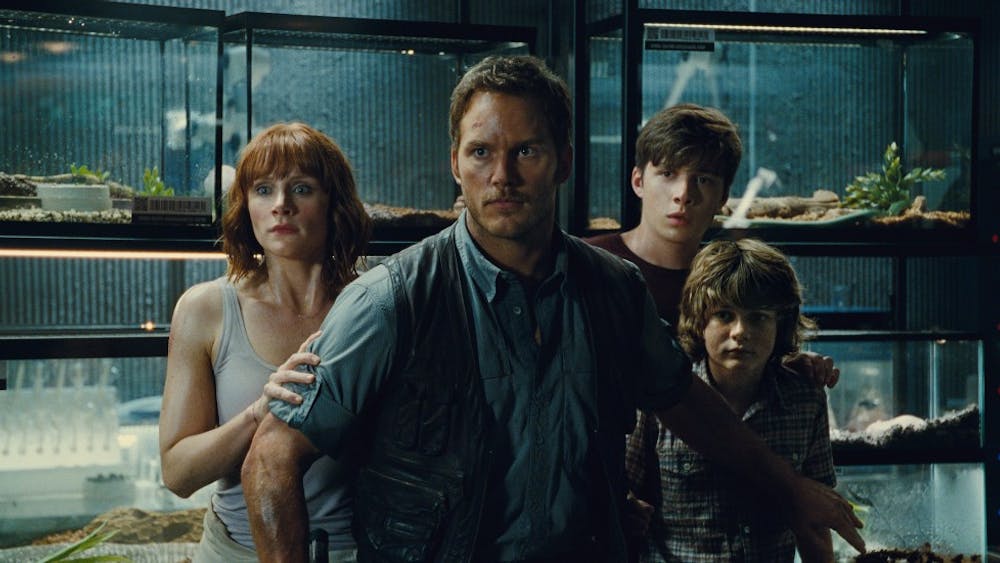When you think of a hard-edged noir story, do you think of a blind lawyer who dresses as a devil and fights crime?
I didn’t think so.
Daredevil is one of the most underappreciated characters in comics, mostly due to his absurd premise and a crappy movie from 2003. The actual comic, though, has delivered some of the comic-book world’s best merging of the noir and superhero genres from team after team of great writers and artists.
While his character seems ridiculous at first glance, when you think about it, Daredevil has one of the more tragic origin stories of any superhero. Not only is his dad killed by the mob when he is young, but he also loses his sight to a chemical spill that gives him super senses.
“Daredevil” has the quality storyline involving radioactive waste giving him powers, but it also establishes a realistic reason for his fight against organized crime.
While Frank Miller had a great run on the character in the 1980s, this past decade has been the real highlight of “Daredevil” comics. This golden era began with writer Brian Michael Bendis and artist Alex Maleev’s 2001-05 run on the comic.
Bendis’ approach to the character was extremely different from any before his. He had a real knack for snippy, witty dialogue scenes and combined these with his roots in crime comics to create a darkly toned comic that still had a sense of fun to it whenever the characters talked.
Bendis also introduced traumatic bombshell after bombshell into Matthew Murdock’s (Daredevil’s alter ego) life that made for an intense series of stories.
Maleev aided this darkness by furthering the noir tone of the book with thick shading and muted colors. The image of Daredevil in costume didn’t look goofy under Maleev — it looked menacing and brooding.
The only downside is that he wasn’t quite able to render fight scenes with any sense of motion.
Whoever took over for Bendis and Maleev on Daredevil had a lot to live up to, but miraculously, writer Ed Brubaker and artist Michael Lark managed to top him.
Brubaker’s stories took Daredevil from being in prison to teaming up with a kingpin to becoming the head of the big ninja group of the Marvel universe.
It was still dark and put Daredevil through the wringer, but Lark’s artwork made it more fun. It looked like a cleaner version of Maleev’s work: It was still dark and brooding, but it had more of a degree of fun to it, as Lark could actually render some really kinetic action scenes.
Brubaker’s run was followed by a year-and-a-half hiatus to the golden era of “Daredevil” comics that is best left forgotten. Marvel introduced a massive “Daredevil”-themed crossover, missing the point that “Daredevil” is at its best when its events are free from the constraints of the big Marvel universe.
That brings us to current writer Mark Waid’s run on the comic.
Realizing “Daredevil” needed a break from being such a hellishly dark comic, Waid has thrown “Daredevil” back to the early days of comics with colorful artwork and fun stories.
Though Waid’s run so far has been incredibly fun and provided one of the best comics on the stand for the past year, this week, a three-issue crossover with “Spider-Man” and “Punisher” starts.
If anyone can pull it off, it’s Waid, but I am concerned that a crossover could result in the first bad issues, aside from the aforementioned hiatus, of an otherwise great run.
Words in Balloons

Get stories like this in your inbox
Subscribe





